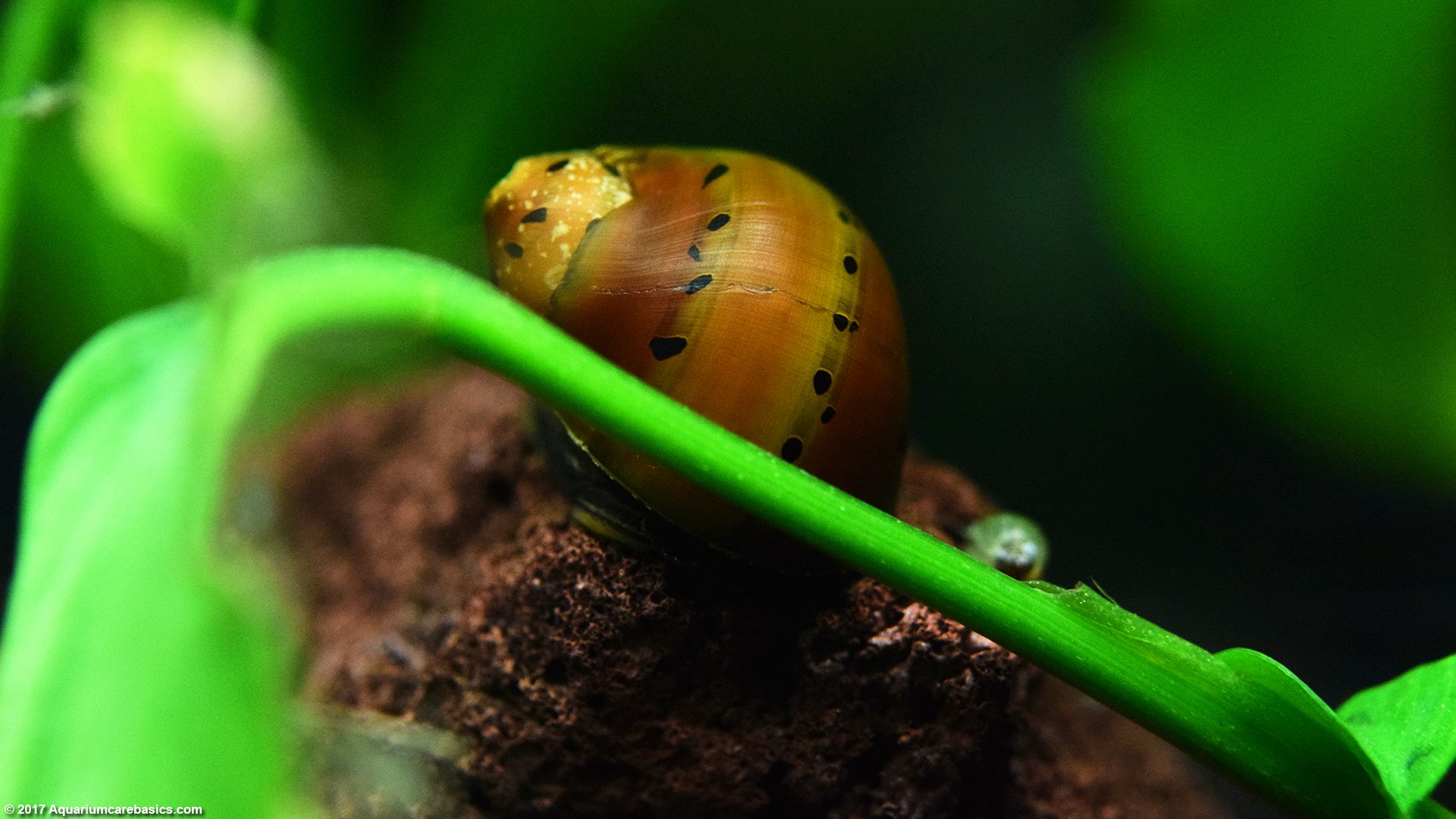

Mining of the sea floor, and especially mining at the depths where the snails live is not yet technologically or economically viable. “This is an important step towards alerting policymakers to the potential impacts deep-sea mining may have on biodiversity,” Lisa Levin, a biologist at the Scripps Institution of Oceanography, tells Lambert. That’s why Sigwart and other specialists campaigned to have the species protected. Even one session of exploratory drilling could have an impact on the snail population and other rare and sensitive creatures living near these vents.

Jonathan Lambert at Naturereports that two of the vents where the snails live have active mining exploration licenses on them. While it may seem like protecting such a tiny slice of ocean floor would be easy, it’s not. She writes at The Conversationthe creature’s total habitat, even including undiscovered colonies, maxes out at about 0.1 square miles. Marine Biologist Julia Sigwart, who studies the snail at Queen’s University in Belfast, is one of the researchers who petitioned to have it classified as endangered on the IUCN's Red List. In other words, it is a truly peculiar, confusing creature. Researchers also believe the snail doesn’t really eat anything, but instead it relies on energy produced from bacteria it hosts in a large gland. It builds the outer layer of its shell with iron sulfide, creating a suit of armor around its squishy, snaily innards. but the sea pangolin has developed an awesome way of coping. They are tough neighborhoods-about 1.5 miles underwater with crushing pressures and temperatures up to 750 degrees Fahrenheit. Matt Simon at Wiredreports that the snail is known from just four hydrothermal vents in the Indian Ocean. But the addition of a strange little deep-sea scaly foot snail called the sea pangolin ( Chrysomallon squamiferum) is the first time a creature has been declared endangered due to the threat of deep sea mining, a technology that has yet to be fully developed. Lots of species are added to the International Union for the Conservation of Nature’s Red List, the international endangered species list, each year.


 0 kommentar(er)
0 kommentar(er)
